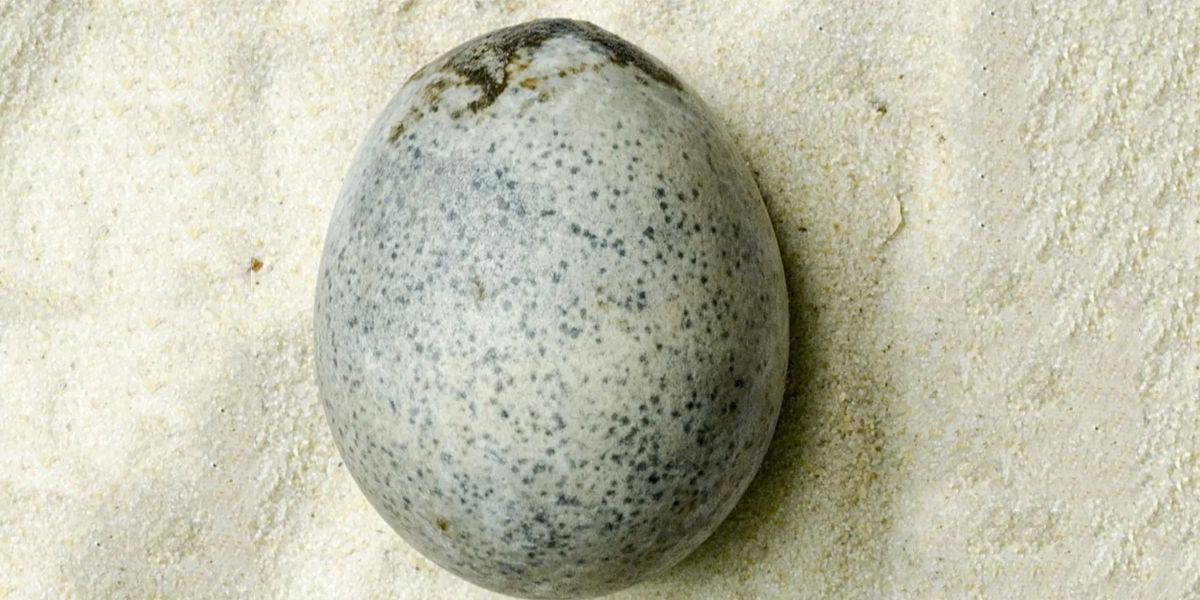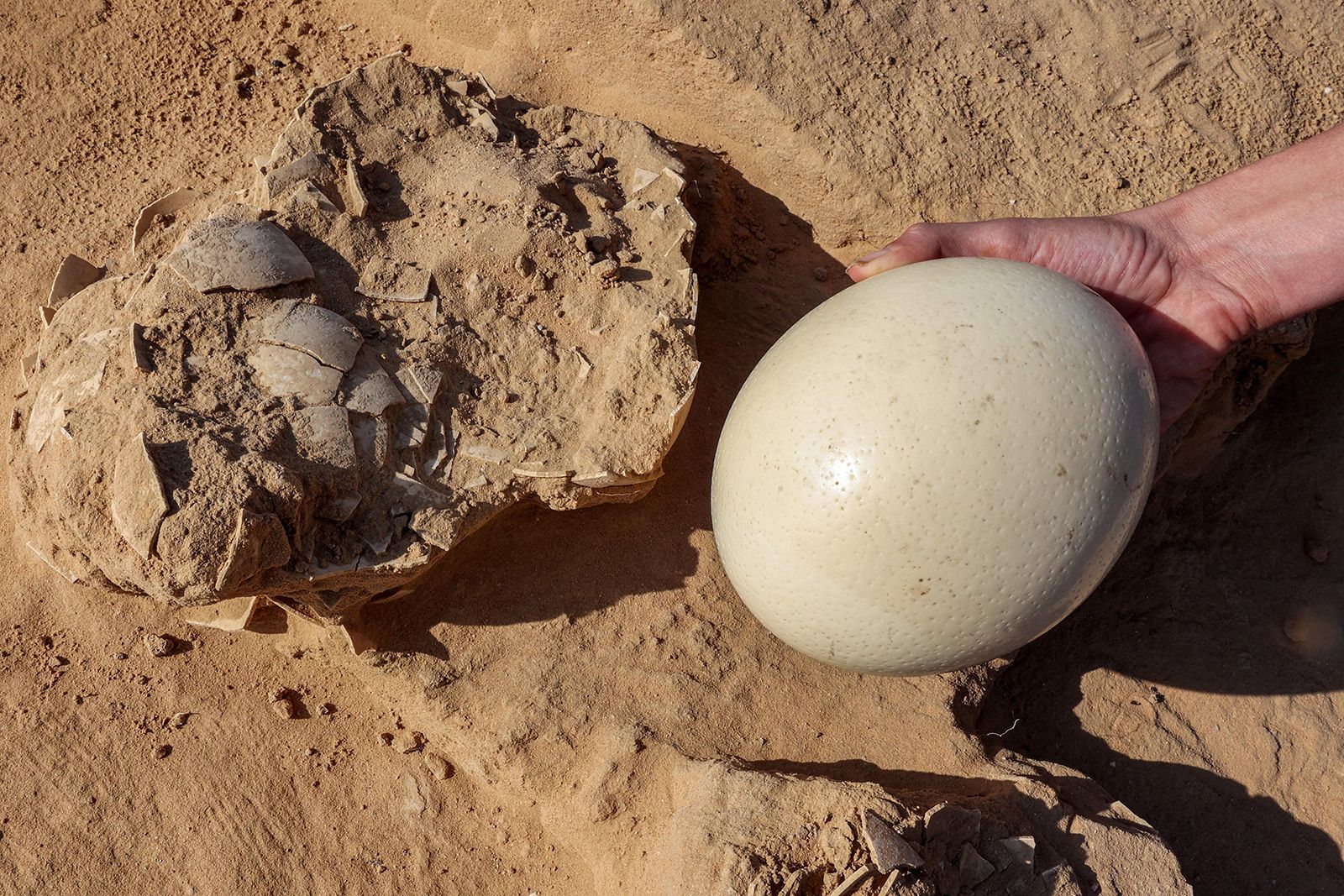In a remarkable archaeological find, a 1,700-year-old Roman egg has been discovered in an ancient wishing well near London, providing an unprecedented glimpse into Roman life and rituals. This intriguing discovery not only highlights the well’s historical significance but also sheds light on the preservation of organic materials over centuries. As archaeologists delve deeper into this unique find, it promises to offer new insights into Roman culture and practices.
The Discovery Site: Berryfields
Situated approximately 50 miles northwest of London, Berryfields has long been a site of historical interest. This area, known for its Iron Age Roman settlement and medieval earthworks, was thoroughly excavated by Oxford Archaeology between 2007 and 2016. The excavation revealed a wealth of artifacts, including coins, ceramic pots, shoes, and bones dating back to between 270 and 300 AD.
The site was initially believed to be a Roman well used for extracting water, possibly for brewing ale. Over time, it appears the well transformed into a site of ritual significance, with Romans depositing various objects into its depths as offerings to the gods.
The Intact Roman Egg: A Rare Find

Among the many artifacts uncovered at Berryfields, one item has particularly captivated scientists: an intact egg dating back 1,700 years. Found alongside three broken eggshells, this ancient egg represents the earliest known example of an unintentionally preserved avian egg. The preservation of this egg is an extraordinary phenomenon, as organic materials and liquids typically do not survive the ravages of time unless under exceptional conditions.
Recent analysis using Micro CT scans revealed that the egg remains filled with liquid. According to conservator Dana Goodburn-Brown, “Organic materials and liquids do not normally survive the depths of time unless in special circumstances. Anaerobic conditions at the site preserved the eggs in situ.” The waterlogged soil’s clay composition created an environment with minimal oxygen, effectively preventing decomposition and preserving the egg in its original state.
Analyzing the Egg’s Contents

The presence of an air bubble inside the egg suggests that its contents likely include yolk and albumen. However, it remains uncertain whether the egg was fertilized or what exact remains are inside. To gain further insights, researchers plan to use a variety of molecular and chemical investigative techniques. This will involve carefully piercing the egg to extract and analyze its contents, a process akin to egg blowing, where a tiny hole is made in the shell after creating a 3D model.
Edward Biddulph, Senior Project Manager of the excavation, emphasized, “Researchers are planning to carefully extract the liquid to better study it.” DNA testing will be employed to determine the species of the bird that laid the egg. While the exact origins remain unknown, it is suspected that the egg may have come from a breed of chicken, given chickens’ revered status in Roman times for their role in zootherapy and their symbolic connections with rebirth.
Cultural and Archaeological Significance

The discovery of this intact egg holds significant cultural and archaeological value. Typically, Roman eggs found in archaeological sites are broken or fragmented, often discovered alongside ceremonial objects such as nails used to break the eggs. Finding a whole egg, never before broken, is unusual and provides a unique perspective on Roman rituals associated with birth and fertility.
Steven Ellis, a Roman archaeologist, commented, “Eggs hold a place in Roman ritual, often associated with birth and fertility.” The intact egg offers a rare glimpse into Roman ceremonial practices and animal introductions, potentially revealing new aspects of ancient Roman culture.
Conclusion
The 1,700-year-old Roman egg unearthed at Berryfields is a remarkable artifact that continues to intrigue archaeologists and historians. Its exceptional preservation offers valuable insights into Roman rituals and daily life, enriching our understanding of this ancient civilization. As research progresses and the egg undergoes detailed analysis, it will eventually be displayed at London’s Natural History Museum, allowing the public to appreciate this extraordinary relic of Roman history.
